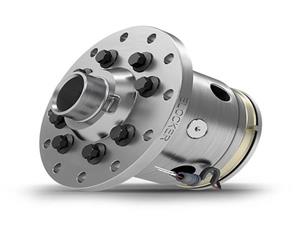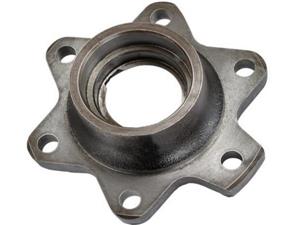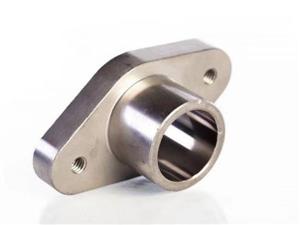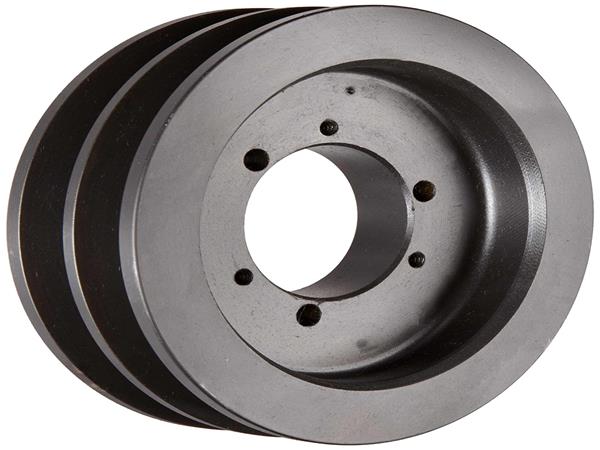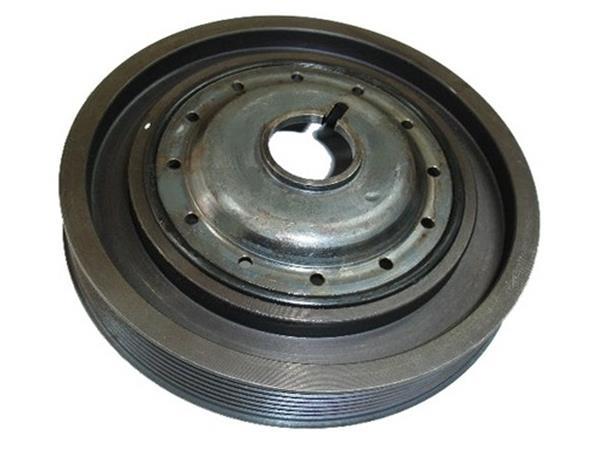Difference between low-pressure casting and gravity casting
Casting is a metal hot working process that human beings have mastered relatively early, and has a history of about 6000 years. Casting is the process of melting metal into liquid meeting certain requirements and pouring it into the mold. After cooling, solidification and cleaning, the casting with predetermined shape, size and performance is obtained. According to the pouring form of molten metal, casting can be divided into gravity casting and pressure casting.
Use dry and clean compressed air to press the aluminum liquid in the holding furnace from bottom to top through the riser and gating system to the mold cavity of the casting machine and maintain a certain pressure until the pressure is released after the casting is solidified. This process fills and solidifies under pressure, so it has good filling property, less shrinkage porosity and high compactness.
Gravity casting refers to the process of injecting molten metal into the mold under the action of the earth's gravity, also known as pouring.
What are the similarities and differences between low-pressure casting and gravity casting?
Mold selection: both are divided into metal mold and non-metallic mold (such as sand mold).
The purchase cost of metal mold is relatively high; The purchase cost of wood mold is relatively low, but if it is not used for a long time or needs to be produced in large quantities, certain maintenance costs will occur.
Production efficiency: metal mold low pressure casting is easy to realize automatic production with high efficiency; The mold shape and inner core box made of resin sand can only be used once, and the production efficiency is low.
Material utilization ratio: low-pressure casting is suitable for producing thin-walled castings, and the riser occupies little material; Gravity casting is not suitable for producing thin-walled castings, and a riser is required. (Riser refers to the supplementary part attached to the top or side of the casting to avoid defects in the casting. The gate is the head of the part and the riser is the tail of the part to observe whether the cavity is filled with saturated, both of which need to be removed.)
Casting material: gravity casting is ferrous metal and non-ferrous metal. Low pressure casting is mostly used for non-ferrous metal casting; The alloy material is relatively expensive, and low-pressure casting can reduce riser loss.
Labor environment of workers: low-pressure casting is mostly mechanized operation, and the labor environment of workers is good; However, the working environment of workers in gravity casting is poor, especially when pouring.

